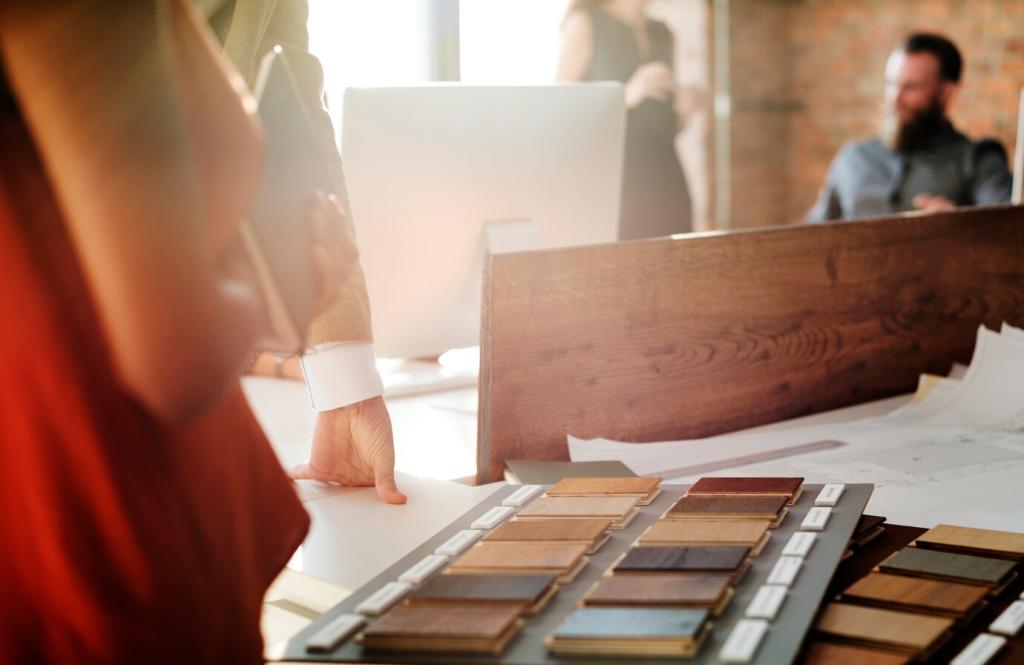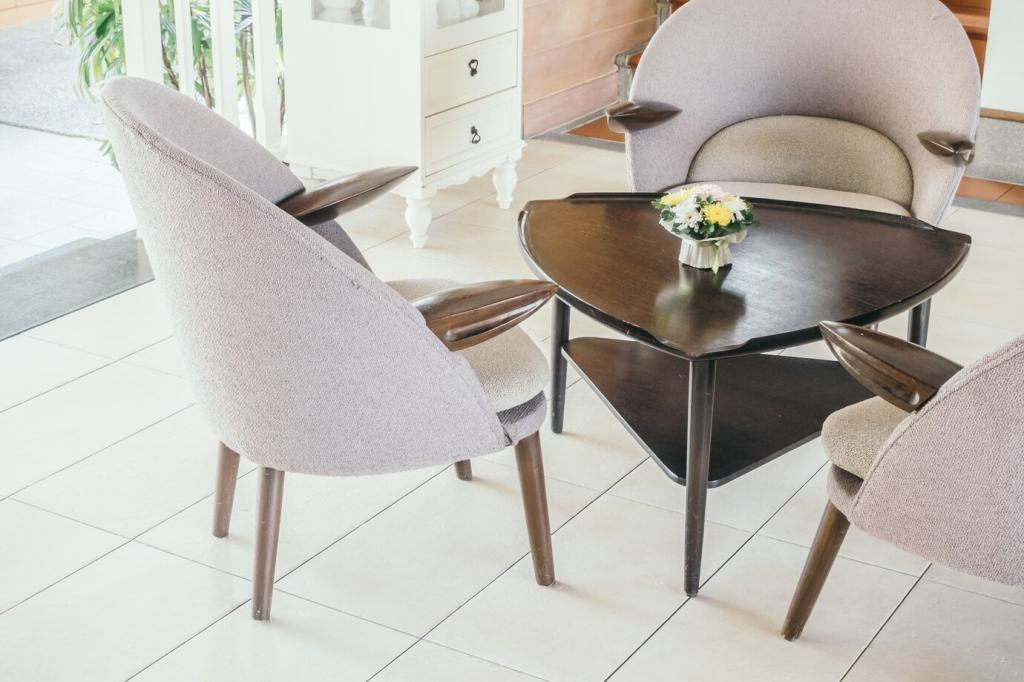Step-by-Step Guide to Transforming Old Furniture into Art
Breathing new life into old furniture is both a rewarding and creative endeavor. Whether you’re seeking to revive a family heirloom or add personality to a thrift-store find, transforming furniture into art allows you to express your style and contribute to a more sustainable lifestyle. This comprehensive step-by-step guide will inspire you to view ordinary chairs, tables, and dressers as blank canvases, ready to become unique masterpieces bursting with character.

Preparing Your Canvas: Cleaning and Assessing the Furniture
01
Cleaning and Repairing the Foundation
Start by thoroughly cleaning your furniture to remove dust, grime, and lingering residues. Use gentle cleaners compatible with the furniture’s material, whether it’s wood, metal, or plastic. During cleaning, inspect the piece for any signs of damage such as loose joints, chipped edges, or missing hardware. Make necessary repairs with wood glue or filler, tighten screws, and replace defective hardware. This careful attention to detail prepares your furniture for flawless artistry and ensures the final transformation will stand the test of time.
02
Choosing a Vision for Transformation
Once your piece is clean and stable, take a moment to visualize the final outcome. Consider the space where the furniture will sit and the overall ambiance you wish to create. Will your piece become a statement with bold colors and textures, or do you prefer a soft vintage charm? Having a clear vision at this stage will help direct choices as you move through color palettes, artistic techniques, and decorative accents, ensuring a harmonious and intentional final product.
03
Prepping for Artistry: Removing Old Finishes
With a vision in mind, turn to removing outdated paints, stains, or finishes that may interfere with your new materials. Stripping the old layers can be meticulous; use sandpaper, scrapers, or chemical removers suited to your furniture’s composition and your chosen new techniques. Pay close attention to nooks and details, working methodically until you reach a smooth surface ready for transformation. Proper preparation here is essential for new paints or finishes to adhere and for your revived creation to look polished and professional.

Decoupage and Mixed-Media Creations
Decoupage allows you to adorn furniture with intricate paper cutouts, fabric, or other thin materials. Carefully arrange designs across the surface and secure them with a special adhesive, smoothing as you go to avoid bubbles or wrinkles. Layer motifs, patterns, or even photographs for a personalized and dynamic result. Mixed-media creations invite you to introduce beads, trimmings, or metallic leaf, turning the furniture into a visually captivating art piece that stands out from mass-produced decor.
Custom Hardware and Fixtures
Often, it’s the smallest details that make the biggest impact. Swap out standard knobs, pulls, and hinges for custom hardware in quirky shapes, vibrant colors, or vintage styles. Consider upcycling unusual objects like antique spoons or reclaimed industrial relics as drawer handles. These simple swaps infuse personality and originality into your finished piece, making your artwork not just functional but also a true reflection of your creativity and style sensibilities.
Hand-Painted Details and Murals
Taking artistry to the next level, consider hand-painting intricate details or whimsical murals directly onto your furniture. Whether it’s a delicate floral trim along the edge of a drawer or a bold landscape across a tabletop, hand-painted work infuses soul and individuality into your creation. This is the stage to express freehand talent, sketch special motifs, or sign your piece. Each stroke adds emotional depth, transforming old furniture into a cherished art object that sparks conversation and admiration.
